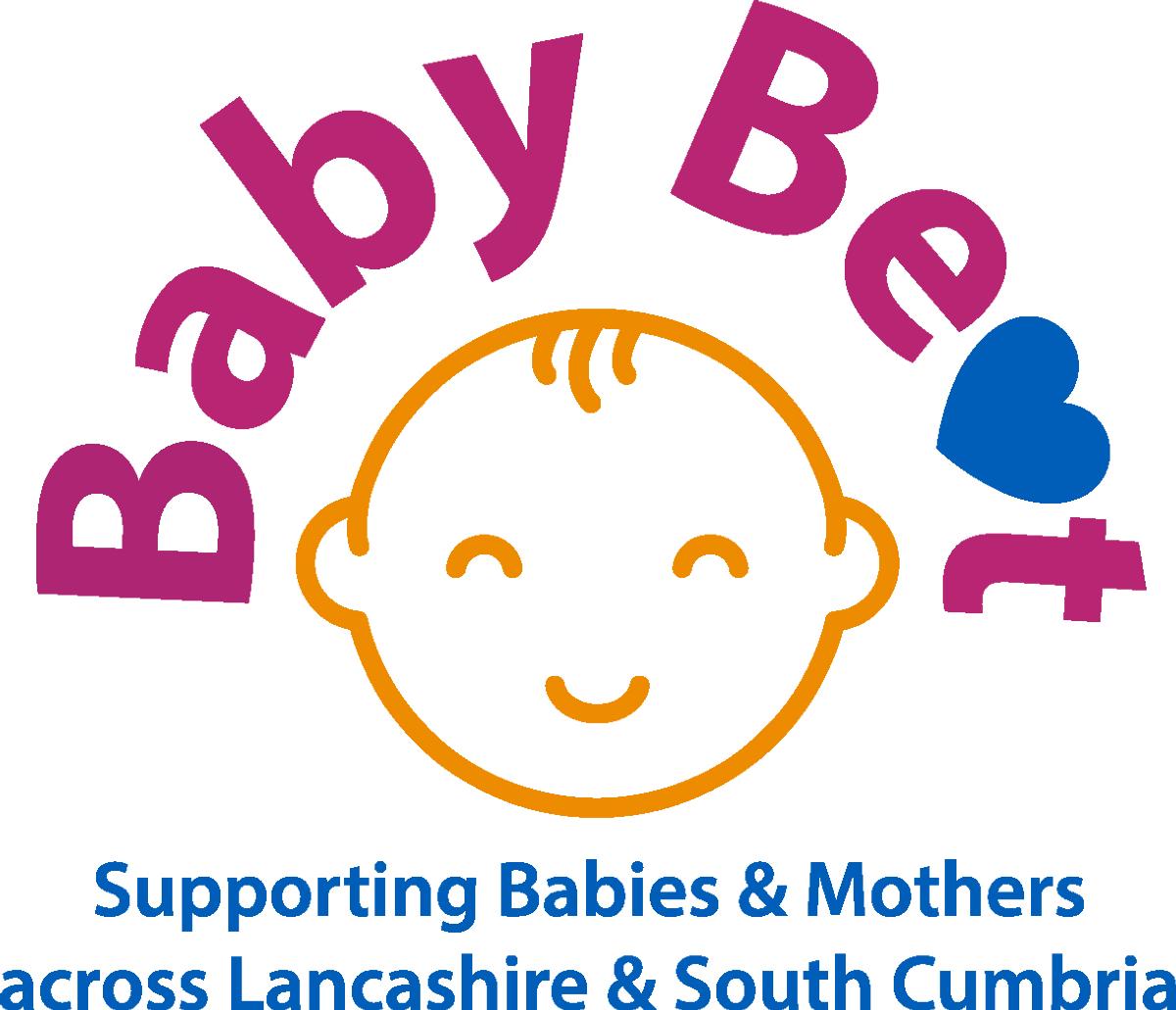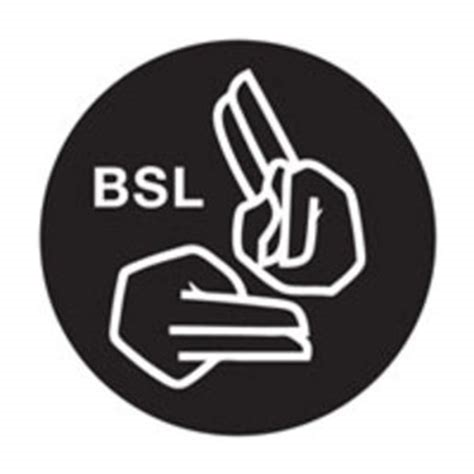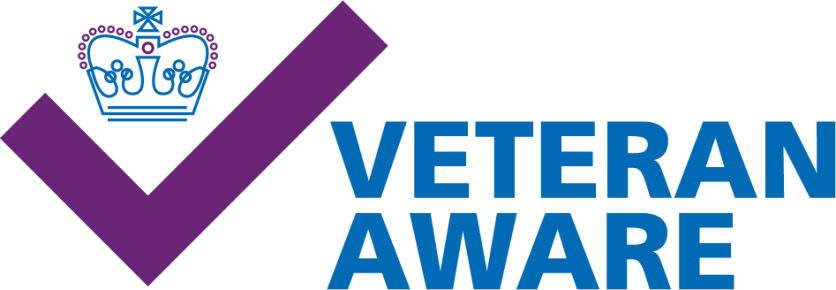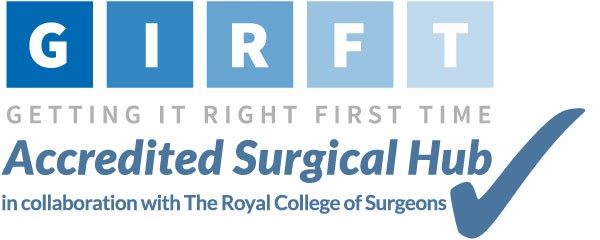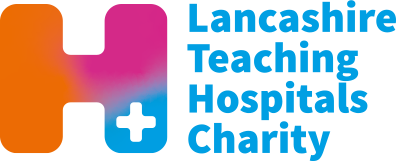When milk feeds are first introduced, they are usually administered via a tube that goes into your baby’s nose or mouth and into their stomach.
Tube feeds are used to give babies feeds due to either:
- Babies being born too early and lacking the coordination of sucking, swallowing, and breathing required to safely take oral feeds (By around 34 weeks these reflexes are becoming more established)
- Babies being too unwell to tolerate milk feeds and / or require respiratory support to help with their breathing and therefore unable to take oral feeds.
Tube feeds enable baby's to become established on milk feeds, removing the need for Intravenous fluids and Intravenous catheter lines and enable us to give small volumes of milk and build up to full milk feeds and ensures baby's gain strength and mature enough to start taking breast or bottle feeds.
Babies are commenced on a feeding regime in line with a baby’s weight and clinical condition and start off on small volumes of milk and these volumes are increased gradually as baby's tolerate the feeds. The milk is given via a syringe that is attached to the tube and by holding the syringe up gravity slowly allows the milk to go into the baby’s stomach.
Parents are encouraged to participate in tube feeding from the beginning of their baby’s admission and we know this can sound quite scary. It doesn’t matter how long it takes for parents to learn these skills we will teach, support and guide parents on all aspects of how to tube feed their baby until they feel confident to tube feed their baby independently and nurses will sign this competency off on the baby’s neonatal passport.
The nurses will teach and support parents how to:
- Check the tube is in the correct position before feeding
- Prepare the milk and fill the syringe that is connected to the feeding tube
- Position their baby correctly for tube feeds
- Give the milk slowly to support comfortable digestion
- Know what to look for during a feed.
/Nasogastric%20photo.png)
